Destination Uwajimaya
By Philip Kiefer ’18 for Bowdoin MagazineUwajimaya calls to people from across the city. International students from the University of Washington come down to pick up frozen dumplings. Elderly couples are bused in on Tuesday mornings and stand in the aisles sifting intently through fruit. Young men with flashy pants pick out salmon fillets. It calls to people from across the Puget Sound. Pink-haired teenagers from Puyallup and Aberdeen, dressed in fuzzy boots and anime T-shirts, travel like pilgrims to stand outside the Japanese bookstore. On a school day, field trips release middle school students into the aisles, where they fan out like fish on a reef. They come back to their chaperones bearing Ramune, a fluorescent Japanese soda.
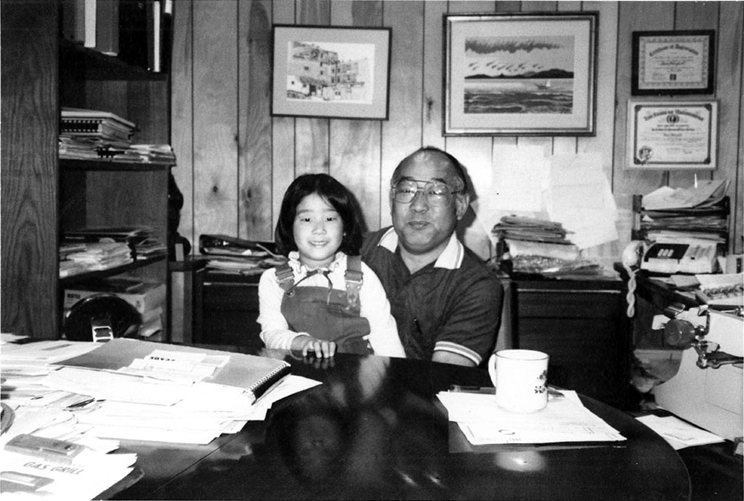
A self-described Asian food and gift market (although the company dabbles in wholesale and real estate), Uwajimaya’s flagship retail store sits on the border between downtown Seattle and the Chinatown-International District. It’s one of those businesses that’s become an institution, symbolic of an entire neighborhood. But, as Denise Moriguchi ’98, Uwajimaya’s president and CEO, is quick to point out, that doesn’t mean the business can rest on its laurels. Moriguchi is the third generation of her family to run Uwajimaya—she took over the role in 2017, when her aunt retired—and she finds herself guiding the company through a period of massive regional upheaval, as the tech boom pulls in tens of thousands of high-paid workers.
“My family has always been a proponent of growing the International District. We’ve said, let’s respect its past, but make it somewhere everyone can enjoy.”
She says that the most difficult part of the learning process hasn’t necessarily been adapting to the changing city; it’s been figuring out how to steer a family business.
“I have a long history to think about. Whenever you make changes, it can seem like you’re putting a piece of that history away.”
Since taking over, Moriguchi has overseen two major expansions of Uwajimaya. The first, the redevelopment of an historic apartment complex a block north of the flagship store, is the culmination of a longtime goal to bring new residents and vibrancy into the International District. The second expansion is a newer concept—Kai Market, a store in the heart of the high-tech South Lake Union neighborhood.
Kai Market is a place to test out new strategies. It’s much smaller than the flagship store, or any of the other Uwajimaya grocery stores scattered around the area. It’s geared less toward grocery shoppers and more toward the twenty- to thirty-something set seeking complete meals.
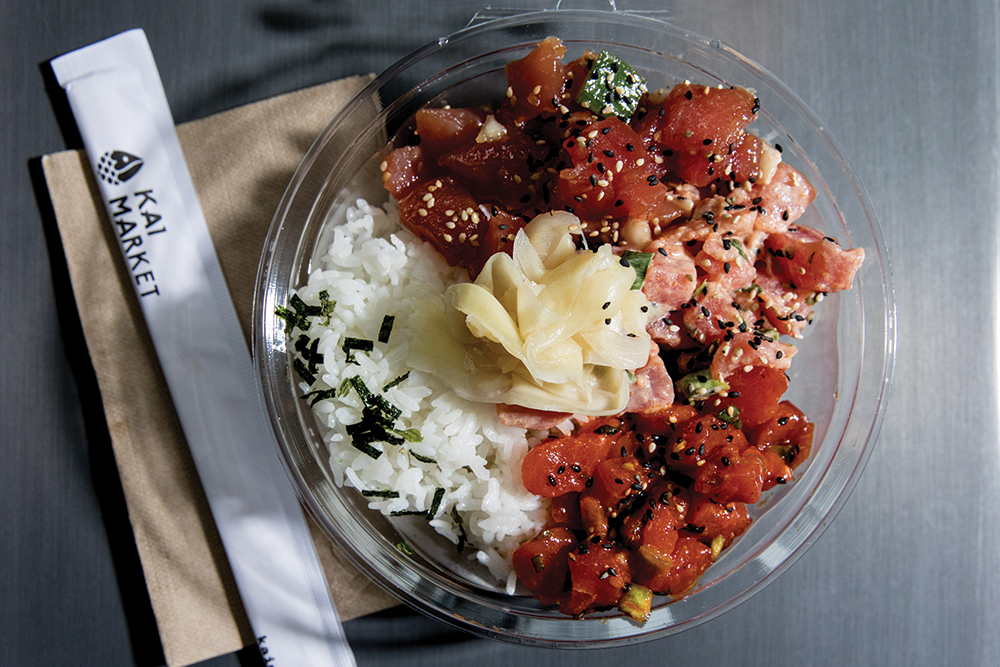
Kai sells a lot of poke (a sashimi and rice bowl), a cashier tells me, and not much fruit. One of the impetuses for giving the new store a name that is easier to pronounce than Uwajimaya, Moriguchi says, came from watching an interview on TV of former Seattle Seahawks player Michael Bennett, who replied when asked what he liked to make his kids for dinner, “Wagyu steak from Ujimama.” Bennett’s mispronunciation is a testament to Uwajimaya’s brand strength, that you immediately knew exactly what store he meant—what else could it be? But Moriguchi, who has spent much of her professional life in branding and marketing, winces when she tells the story. “It is a really hard name to pronounce,” she says, and that might make it harder to appeal to new Seattleites.
(As it happens, figuring out the correct pronunciation—oo-wah-gee-my-yuh—is a Seattle tradition. People have been asking for pronunciation advice since the early days of the Internet, and even many in the International District call it “Wajimaya.” It’s named for the Japanese town of Uwajima, where founder Fujimatsu Moriguchi, Denise’s grandfather, learned his trade—“Ya” means “store” in Japanese.)
Denise explains that Kai Market is meant to be “an introduction to Uwajimaya. It’s a different concept, so we wanted to brand it differently. To give it an Asian influence, but making it approachable to everyone.” Eventually, she says, the changes at the new store will ripple back to the old one.
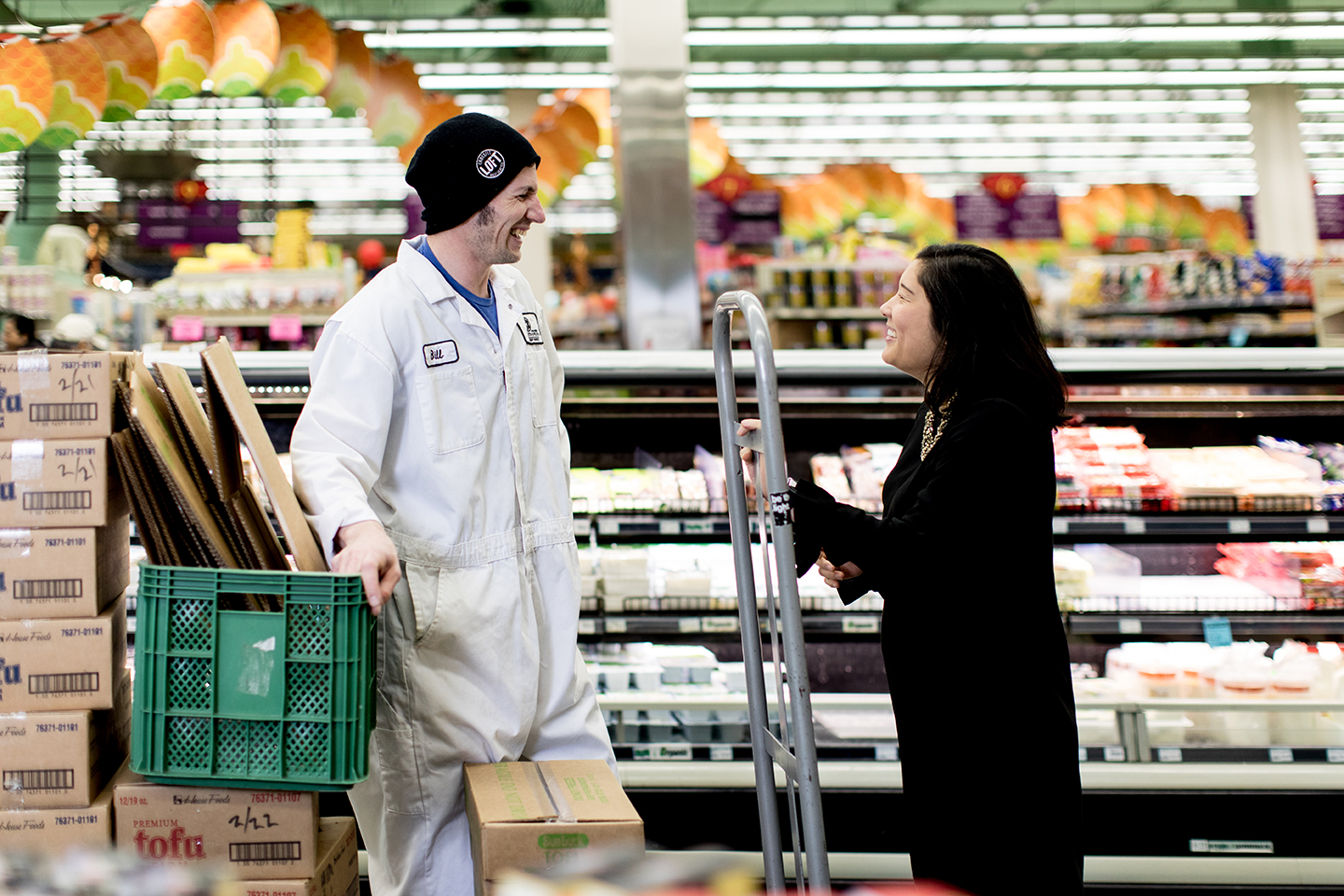
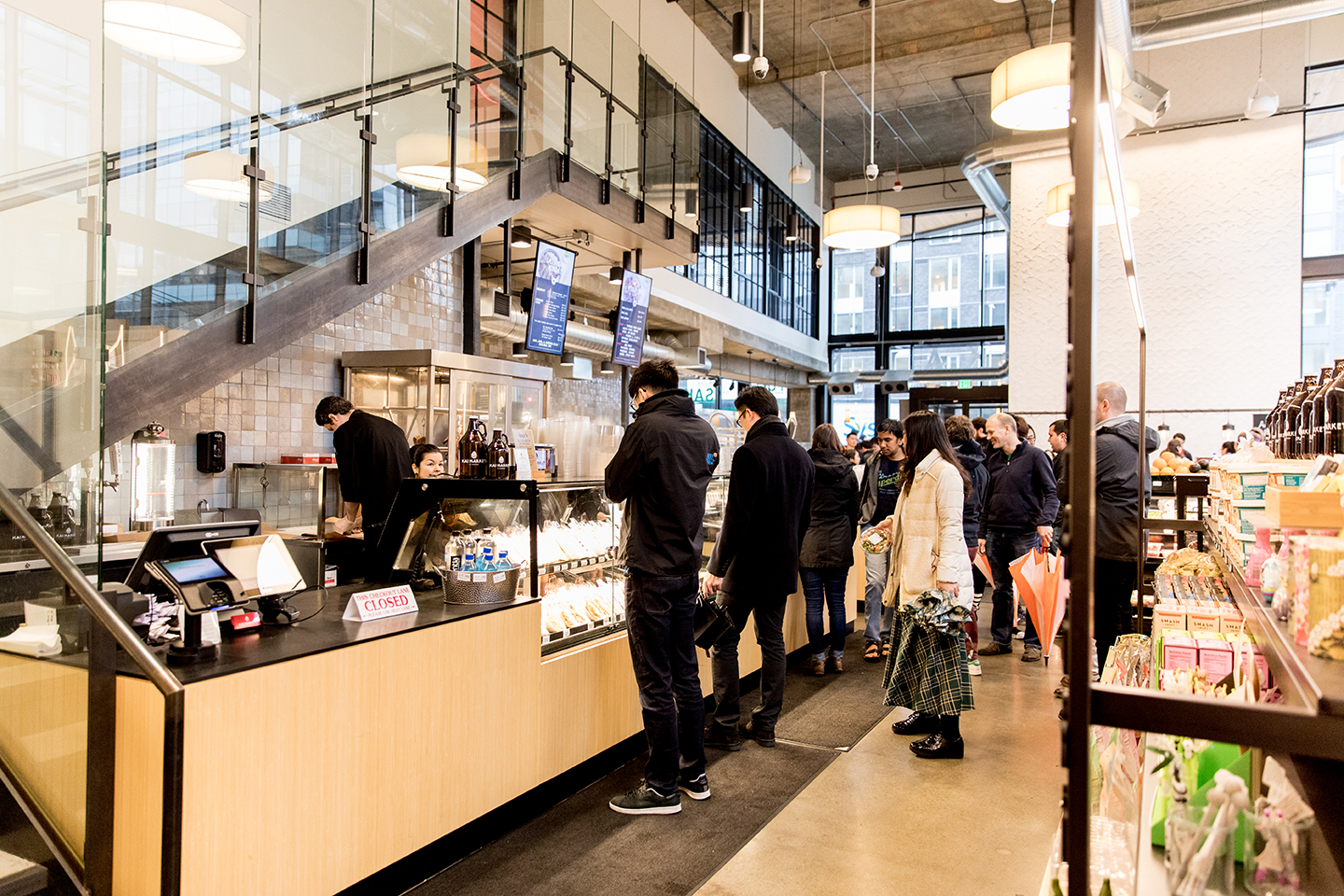
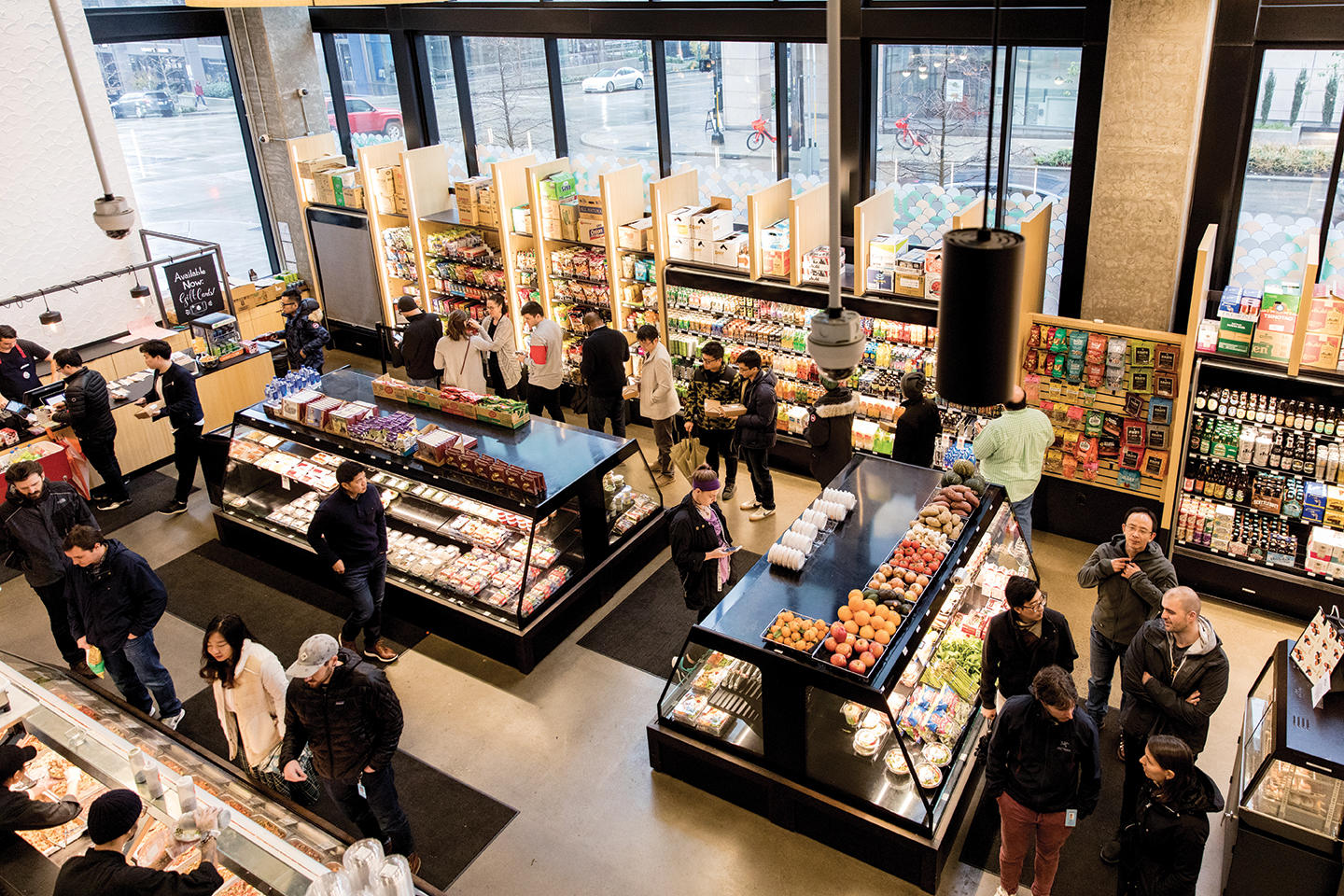
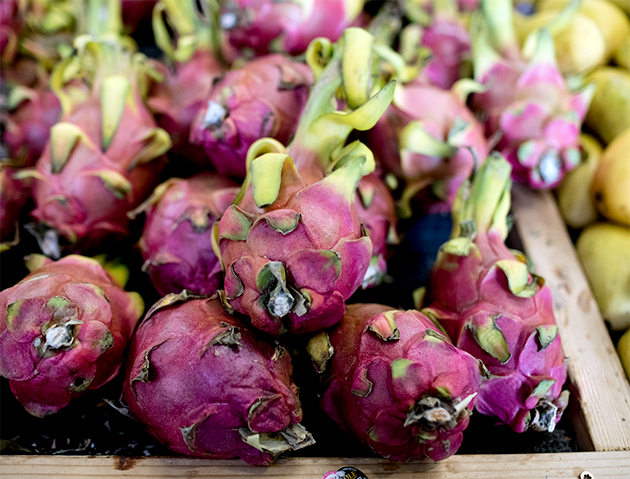
“We’re working on a remodel of the main store,” she says. “We want to modernize its look and feel,” which means updating both the offerings and the experience of shopping itself. “We’re finding that people want more instant things. Take Japanese foods for New Year’s. There are many different foods with different meanings, but making them is laborious. People want to support traditions, but they want things to be more convenient.”
Convenience isn’t enough, though—she wants to give people a reason to come into the store. The other component of modernization, she tells me, is education. “You have a whole aisle of sauce, but how will someone know the difference between, say, dark soy sauce and light soy sauce? You could buy a jar of soy sauce from Amazon, but we can help you learn about it. We want to make shopping something fun, something to look forward to.”
I’m not a disinterested observer in this story: I grew up visiting the flagship store. It was a treat, somewhere with a bookstore full of Japanese comics and mochi ice cream and a food court with bahn mi and loco moco. If you needed it, and couldn’t find it elsewhere, it was there. My grandparents once scoured the city looking for Jerusalem artichokes—a vegetable normally eaten by homesteaders freezing to death on the plains of North Dakota—and, after visiting every store in our neighborhood, gave Uwajimaya a call. Uwajimaya’s produce department not only had it, they set aside an entire case to be picked up that day.
But I don’t want to give the sense that Uwajimaya was a place to tour the exotic. It was a place that introduced me to living in a city of immigrants. While I read about early Chinese theater in the Wing Luke Museum and visited the Panama Hotel to witness furniture left behind by interned families, at Uwajimaya, I had my own experiences. I ate dragonfruit and Filipino candy and shopped for Japanese office supplies, and those things became part of my city and my home. As Uwajimaya changes, I wonder if it could lose some of that power. In other neighborhoods, development has had a way of scouring away texture, and I wondered if modernizing the store also meant compromising.
The question is on Moriguchi’s mind, too. “That’s the thing I struggle with every day,” she told me. “We’re always going to be an Asian store, and most people in this area are fortunate—they’re open to flavors from everywhere. But fresh salmon is fresh salmon. I don’t want us to be Whole Foods, but I also don’t want to shut people out.”
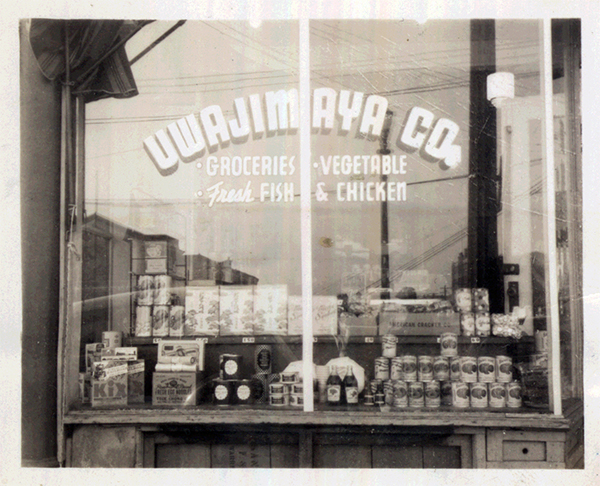
She also suggested that my question might be based on a misread of the business. Since the 1960s, Uwajimaya has introduced Asian products to a wide audience. “My push is to educate, to bring people into the store. We want to share the culture with everyone.” You can read the changes, like I did initially, as a dilution of the business, or you can read it as fidelity to its core business model: to appeal across cultures.
The story of the Moriguchi family has almost mythic qualities to it. Denise’s grandfather, Fujimatsu, reportedly smuggled himself into Washington from Japan as a young man. He and his wife, Sadako, settled in Tacoma, where they opened a small business selling Japanese snacks to immigrants building the Northwest’s infrastructure.
“At first, his target audience was Japanese laborers working in fisheries, mining, and timber,” said Denise. Her grandparents were successful because they were able to sell a taste of home to those workers, and their family and business grew.
As the United States entered the Second World War, Japanese Americans on the West Coast were forced from their homes by the military, and the Moriguchi family was relocated to an internment camp at Tule Lake. At the end of the war, many Japanese families went east to avoid lingering racism, but the Moriguchi family returned to the Northwest and reopened Uwajimaya.
There, they helped rebuild the Japanese business community, offering loans and work to their neighbors. “The reputation became, ‘If you go to Uwajimaya, they will help you,’” Denise’s father said.
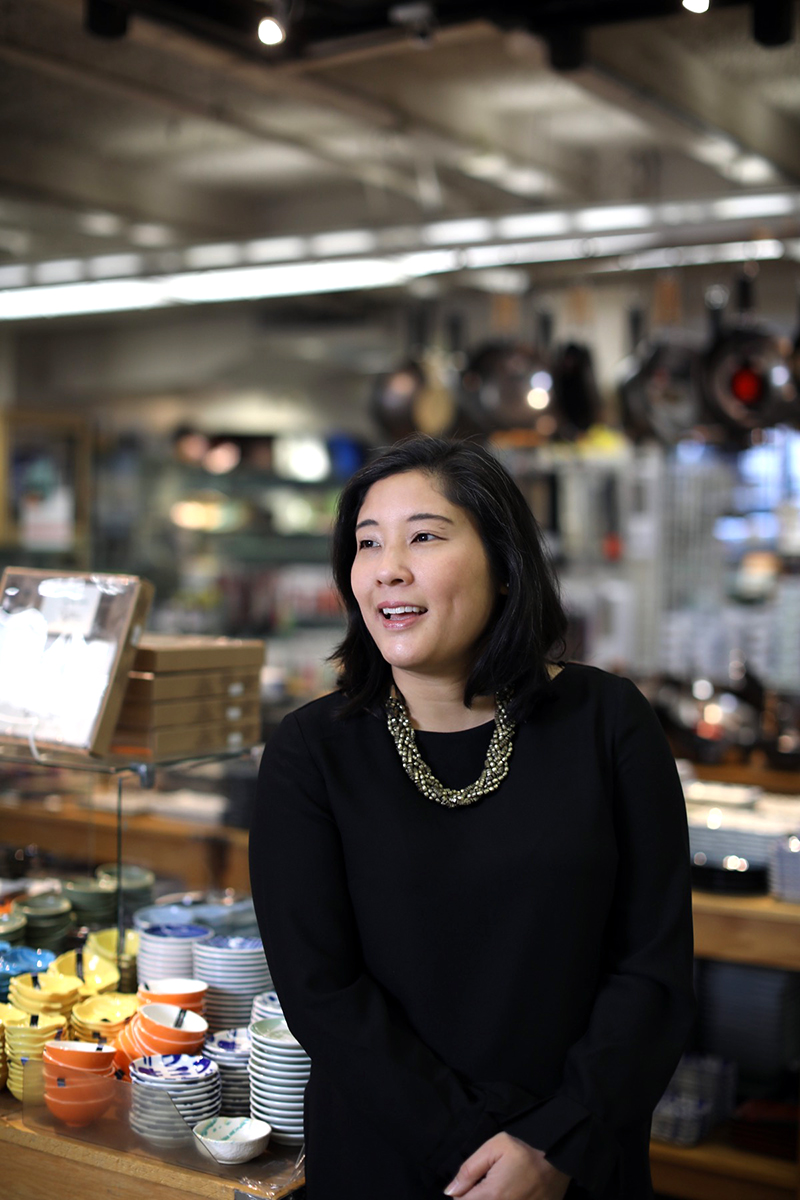
By the 1960s, the company had become successful enough to open a booth at the World’s Fair. The fair, nominally a science exposition, also exposed Seattle to its own gastronomic diversity. There, Uwajimaya found a new audience.
“It was a turning point for [Fujimatsu], I think. He realized he wanted to move beyond the Japanese community,” says Denise. Although Fujimatsu died during the summer of the fair, his vision has shaped the course of the business ever since. Uwajimaya has spent the last sixty years expanding and seeking out new audiences. As much as anything else, it’s that forward momentum that defines the business.
That’s a lesson that Moriguchi picked up through a childhood in the store. I may have visited Uwajimaya as a child, but she grew up there. Her father, Tomio, was CEO throughout her childhood, and her entire family worked in the store. She’s told reporters about her memories of holiday events, pounding mochi for New Year’s, but the day-to-day rhythm of the store also left an impression.
When she thinks about running the company, her father’s example is always close at hand. “My dad’s always been a model—the way he led, the way he’d work alongside his employees. I’d always see him picking up trash and pushing carts. No job too big or too small. Now I make my own daughter do that.”
For Moriguchi, respecting her family’s history is as much about how the business is run—an emphasis on customer service, approachability, and innovation—as it is about its cultural role in the International District.
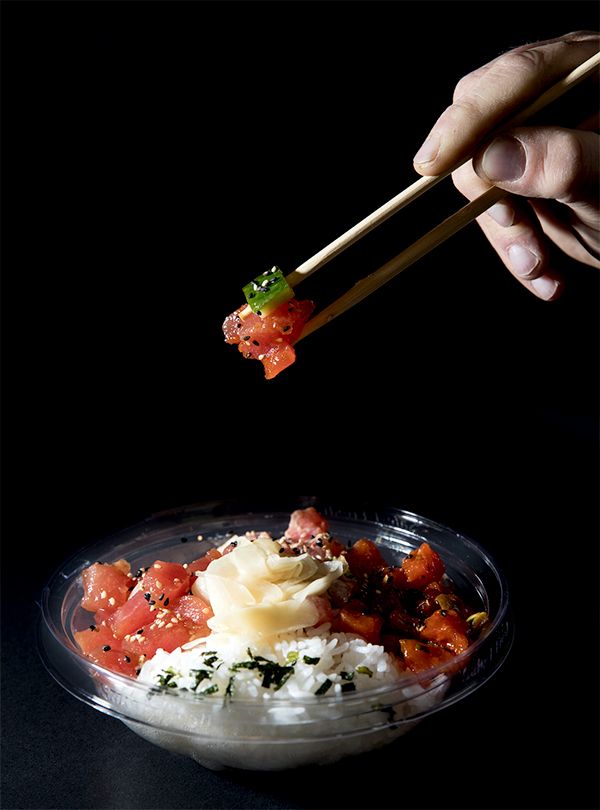
Part of her job is making sure that the next generation learns the same lessons that she did. “I have two kids who are three and six, and we want to make sure that they feel like they’re part of the business. Even just being around the store, and being involved in the Christmas events. They may not end up working in the business, but it’s important that they know what it means to be part of this.”
Kai Market, the newest addition, sits just on the edge of the main Amazon campus, tucked between developments with names like “Ascent” and “Sprout.” The store, not much larger than a corner grocery, blends in smoothly with the neighborhood: high ceilings, exposed ductwork, iron beams painted matte black. It’s got a sleek, curated feel, accented by old staples in the window: boxes of Pocky, the Japanese biscuit-sticks, six-packs of Sapporo beer.
Designing the store was another question of balance, she says. She wanted to match the feel of the neighborhood but also “wanted to bring things that were uniquely Uwajimaya.” The space is arranged around a long deli counter that offers Uwajimaya’s lunchtime staples: poke, barbecued pork, hum bao. On the front of the counter is a poster: “How to Order Poke.” (The instructions are pretty simple: Choose a grain on the bottom, choose a fish in the middle, put some sesame over the top. The surprise is that you can get poke over wonton nachos.)
The first time I stepped inside, I was alone except for an elderly woman lobbing questions over the poke bar: “You make this fresh? Every day?” Every day, they reassured her, and she went on her way with a bowl of fish. I picked out an ice-cream bar shaped like a fish and approached a cashier. I asked if it was always this quiet. He looked up at me with wide eyes. Another cashier looked over and laughed. “Oh no. You should see it at lunch. There’s a line out the door from eleven forty-five to one o’clock, every day.”
The Uwajimaya Story: From Internment to Entrepreneur
(PBS Borders & Heritage Series)
So, the next week, I went back for lunch. The lunch rush begins with a trickle just before noon, as promised, and swells to a torrent in minutes. The food clearly has power: I watched a couple walk in, shake their heads at the line, and then take their place in it anyway.
I asked Moriguchi how she’d ended up at Bowdoin, why she’d left a city where her family was so deeply rooted. As it happens, she and I went to the same high school, the kind of West Coast prep school that models itself after ivy-covered East Coast boarding schools. It was, we agreed, a place that made it seem like the East Coast was the goal. “I don’t think I even looked at schools in Washington or California,” she told me. “The East Coast had so much history—all these old, beautiful campuses. It felt like this revered place for education.”
When she left Seattle for Maine, the city felt like it was just over the edge of the map. “The only thing people knew about it was [the band] Nirvana,” she said. “First year, I met a guy who was so disappointed that I didn’t wear flannels.”
Watching Seattle find its place on the map could be part of why Moriguchi feels the push to modernize Uwajimaya so acutely. I asked if she found herself worrying about the changes she’s seen—Seattle is full of hand-wringing with various levels of justifiability. Not exactly, she told me, although she sees why others might.
“The fact that Amazon is here, and Microsoft, means we have a different set of customers. That has brought an opportunity for us. Seattle has changed, we have to acknowledge that.”
I bring this up because that’s not the dynamic to which we’ve returned. The surprising thing about moving back to Seattle, Moriguchi told me, was finding that the city had become a destination. “I have so many friends who’ve moved here.” She came back because the Northwest always felt like home.
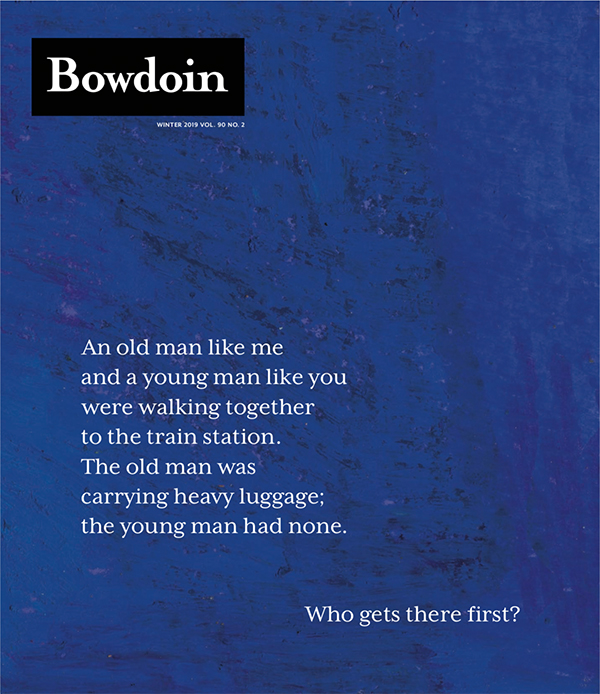
Philip Kiefer ’18 is a freelance writer based in Seattle. His work has appeared in National Geographic and Down East Magazine.
Brooke Fitts’s photography has appeared in The Wall Street Journal, The New York Times, Bon Appétit, Wine Spectator, Food & Wine, Glamour, GQ, and many other publications. She lives in Seattle.